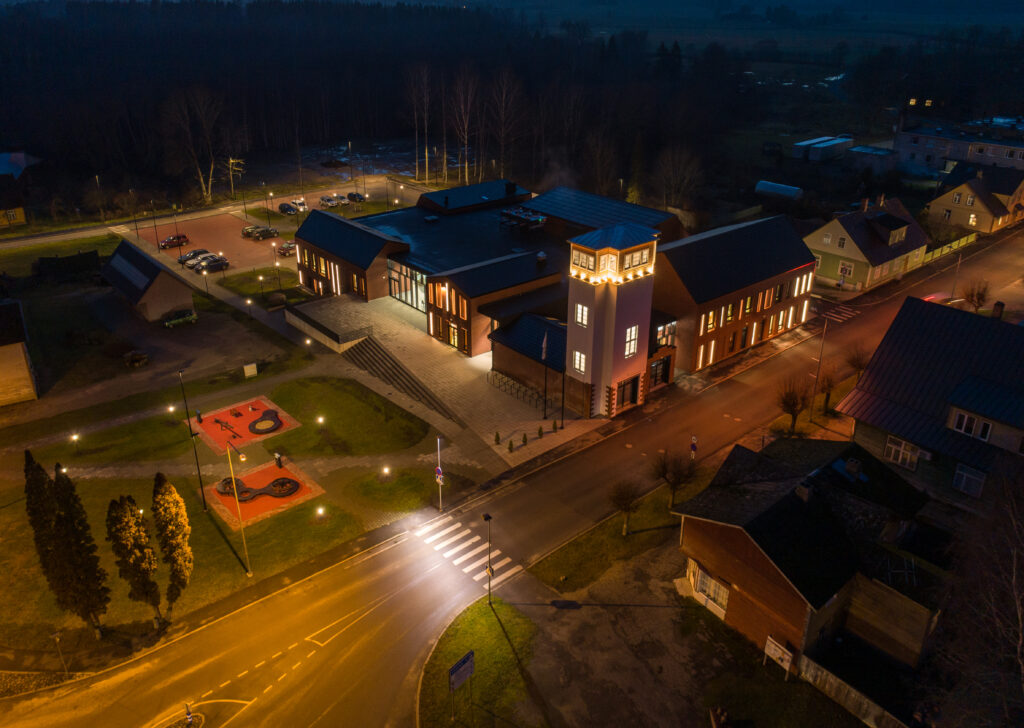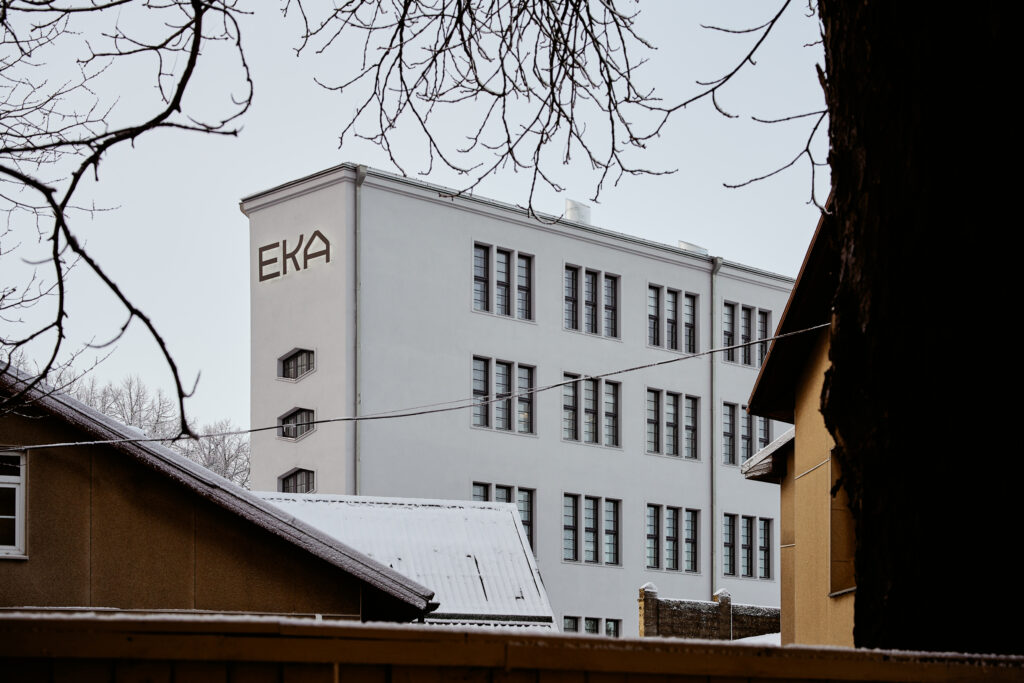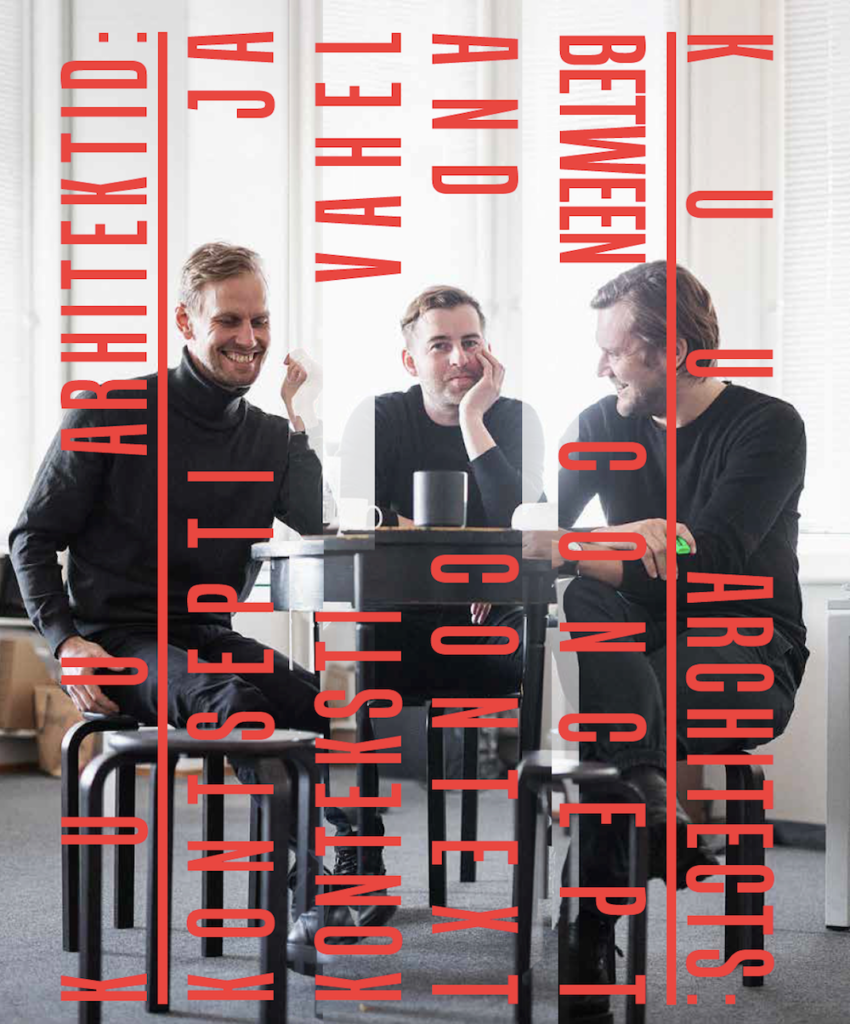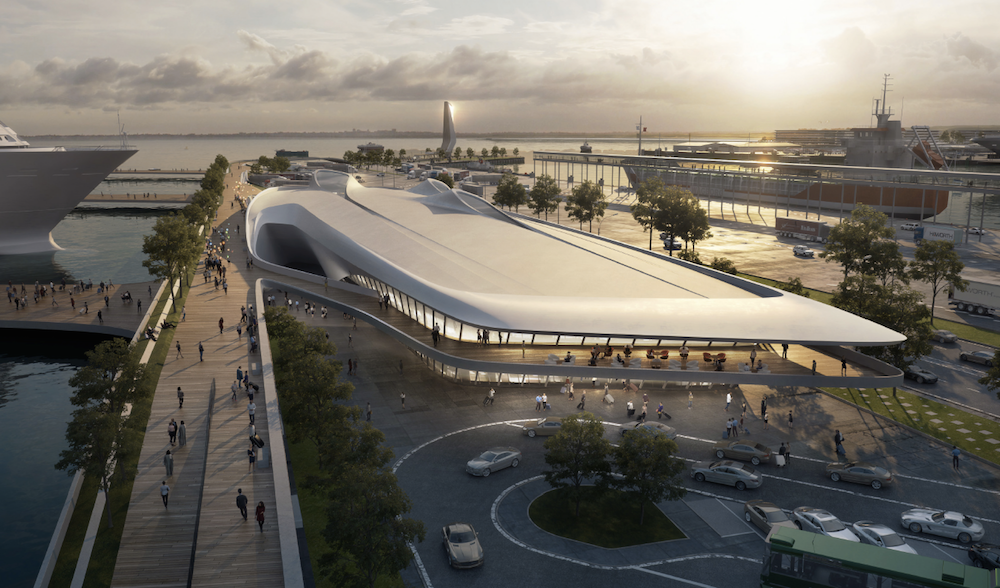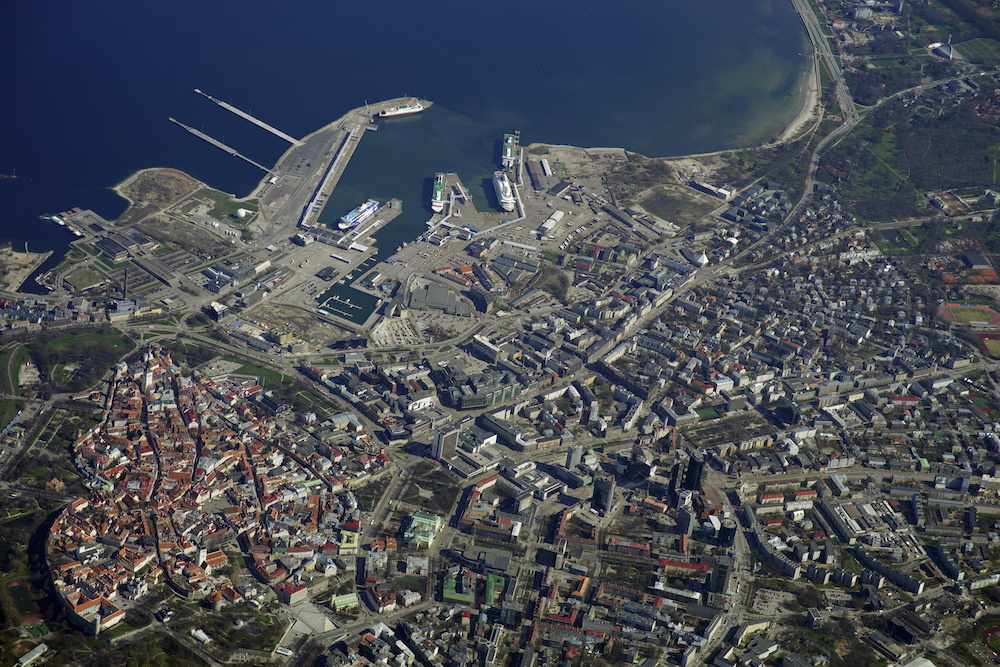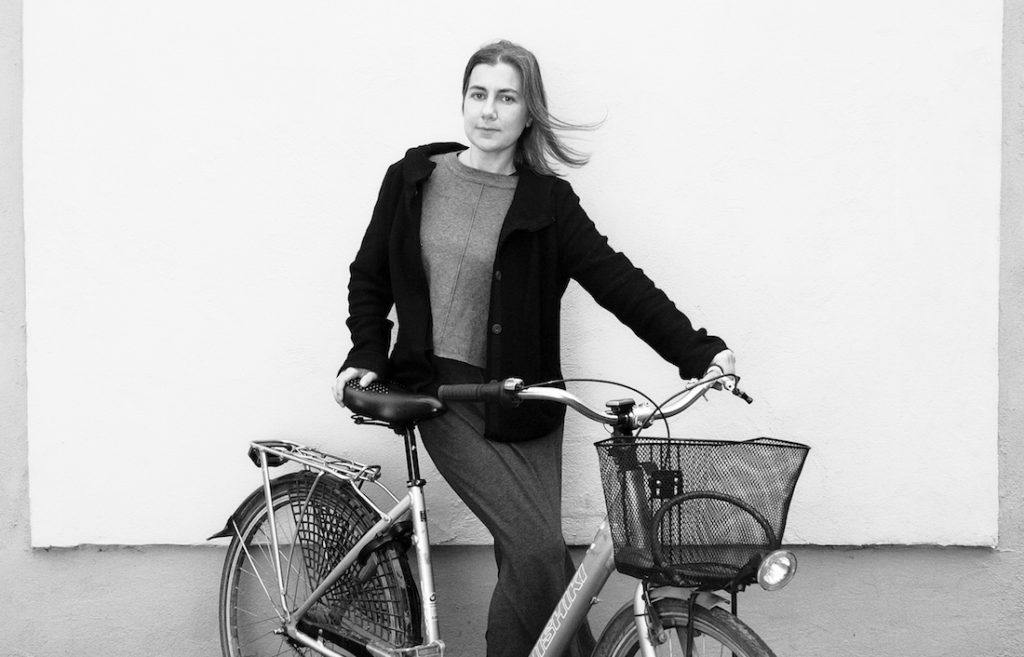Careful homework on selecting the location for Suure-Jaani health centre, the wise decisions made by the local government as well as drawing together a number of public functions have provided the means for the emergence of very good architecture and the future town centre of Suure-Jaani.
Love is emanating from this building. The new building of the art academy on the edge of Kalamaja in Tallinn has architecture which is carefully thought through and gives a positive boost to the future of Estonia’s principal institution providing higher art education.
The architecture offices born at the time of economic downturn are inevitably much less inclined to undertake bold experiments than the ones whose beginnings are rooted in more auspicious times. Instead, what becomes crucial then is an ability to make the most out of the limited resources in a nuance-sensitive way. Thus, KUU architects are, in a sense, minimalists, yet they do not seek minimal form, but look for opportunities to efficiently utilise the existing contexts in order to create spaces that empower its users.
“Great Public Spaces” competitions have an unprecedented historical value – the improvement of the quality of the spaces between the buildings has never been approached so systematically. The first of the fifteen squares are completed and ready for use. How did the innovations suggested in the winning entries transform into projects and from paper to space?
Spectrum thinking has freed him from the constraints of the black-and-white view of the world: drifting in semitones allows him to choose only the topics that fire him up. Everything you start with must be finished, the process is facilitated by the main tool of concentration that to outsiders seems deceivingly chaotic.
There are tumultuous times in the seafront development in Tallinn with variously motivated changes. This is the moment when architectural institutions must perceive their sense of responsibility and contribute to the big picture with their expert knowledge.
In 2007, the city council again approved the concept “Opening Tallinn to the Sea” with one of its aims including a populated urban space. The simultaneous activities – seaside arterial roads and the wire fences obstructing the sea views and the use of the coast, however, were entirely contrary
The trio of landscape architects in Tartu represent the new obstinate generation who believe in nature’s power of self-organisation and assure that their cooperation will persist until Estonia is entirely covered with a high-quality public thicket.
This issue of Maja focusses on infrastructure, first and foremost on the architecture of street space. Good architecture creates unity, is capable of solving problems and enables what at first appear to be conflicting interests to be realised. Connections that go unmade in a[n urban] space are like missed opportunities.
Siiri Vallner is an industrious architect, who is sensitive and attentive towards the environment, while at the same time, her projects are rational and conceptual. Interviewed by Jarmo Kauge.
No more posts

